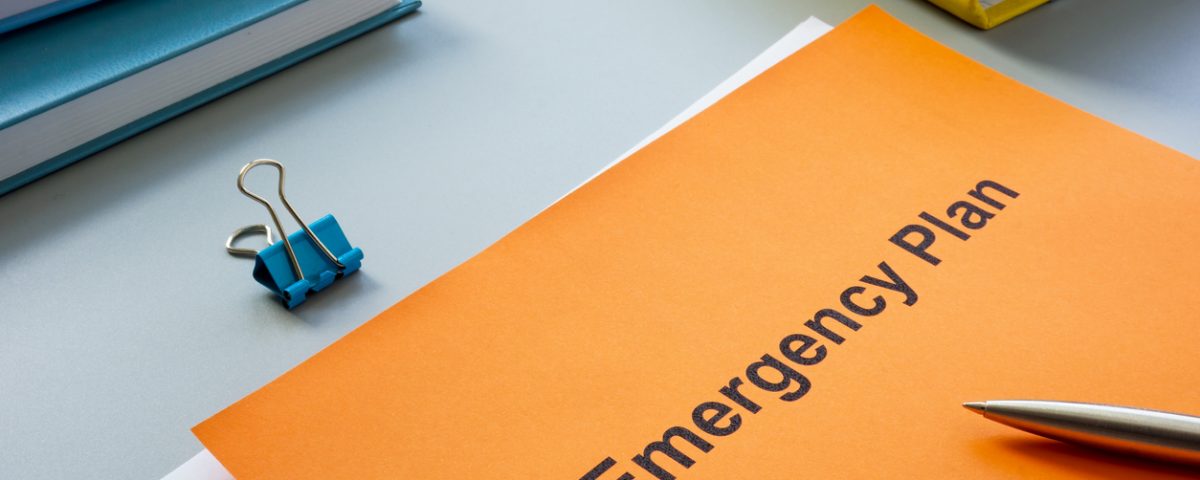Basic Ways That High Schools Can Set Up a Crisis System With Active Shooter Coverage

3 Winter Tips for Police Officers
January 16, 2023
The Attributes That Make an Excellent Special Education Teacher
February 6, 2023Basic Ways That High Schools Can Set Up a Crisis System With Active Shooter Coverage
Active shooter coverage can include setting up a crisis system to help prevent horrific disasters from occurring. Ultimately, while the purpose of school is to provide students with an education, a more profound purpose supersedes even that basic mission: to keep children safe. The recent rash of active shooters in schools has highlighted the terrifying and tragic events that can endanger students. Consequently, emergencies can occur without warning, and planning for these contingencies can be a big challenge.
Active Shooter Coverage and the Best System to Set Up
Every secondary school should create and implement a high school crisis plan that documents the school’s steps to prevent, prepare, respond, and recover from a crisis.
Prevent Active Shooters
Administrators can prevent or mitigate a crisis by taking some simple preventative steps. Therefore, schools should evaluate their risk level by following the lead of the local law enforcement community. Proactive measures include assessing the school’s physical location and barriers to entry. Moreover, prevention also includes programs focusing on the following high-risk issues in schools:
- Alcohol and substance abuse
- Bullying
- Depression and mental illness
- Physical and sexual abuse
- Suicide and self-harm
- Violence
Prepare for Crisis
Crisis planning is something that should occur long before an emergency occurs. Most schools have policies and procedures to follow in the event of an emergency, including severe weather events or weapons in schools. School leaders should assign roles to faculty members and provide training on what to do in a crisis. Drills and simulations are essential to practice responding. School systems should also consider deadly weapon protection liability coverage as an additional preparatory step. Documentation for the school office to maintain should include the following important information that an administrator will need in an emergency:
- A school map with room numbers
- A list of occupied classrooms for each period of the day with the number of students and faculty in each room
- A roster of students in each classroom with emergency contact information
- A list of students and staff in other locations in the building (counseling office, cafeteria, etc.)
Responding to a Crisis
A crisis intervention checklist is a critical document to guide personnel in responding to an emergency. It should include the following steps on the checklist:
- Gather facts
- Determine the necessary response level
- Manage the informational flow
- Manage logistics
- Create a referral process
- Provide interventions
- Document everything
- Debrief frequently
- Plan for recovery
Recovering with Active Shooter Coverage
Active shooter coverage can help prepare you for any liabilities that come with a shooting. Likewise, the recovery phase of the action plan focuses on the prompt restoration of the school’s infrastructure to facilitate the return to learning. The emotional health of all stakeholders should be a top priority, with strong communication and availability of resources occurring throughout.
Emergencies such as active shooters are an unfortunate reality for today’s schools. However, proper prevention steps and a firm crisis response plan likely minimize an emergency’s tragic result.
About PGUI
Professional Governmental Underwriters, LLC., is a full-service risk management company dedicated to assisting public, educational and non-profit entities in the management of their professional liability exposures including educators liability insurance. We are dedicated to providing state-of-the-art professional underwriting management and loss control advisory services on behalf of our designated carriers. For more information, call us toll-free at (800) 586-6502.


